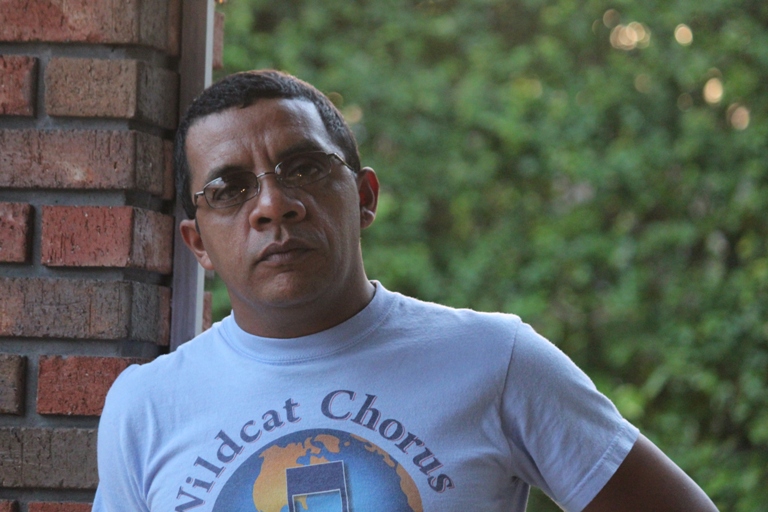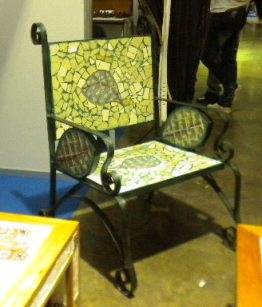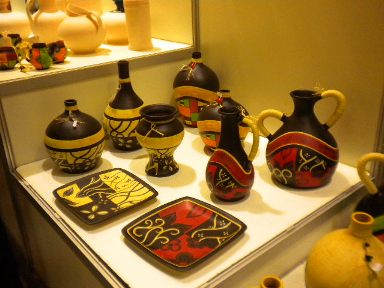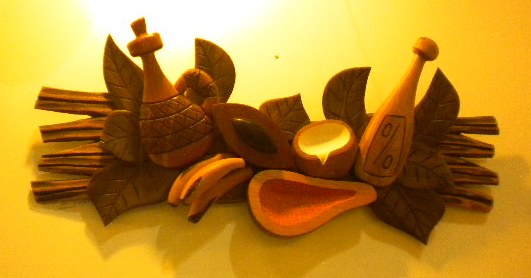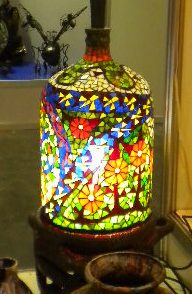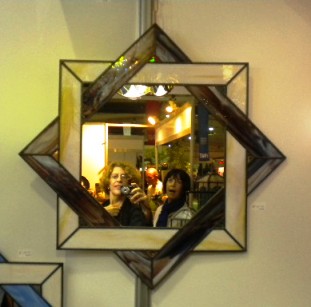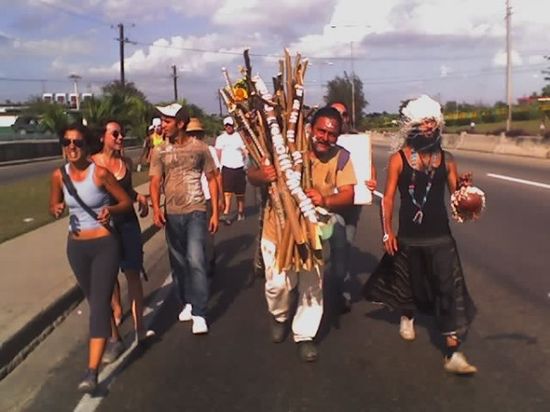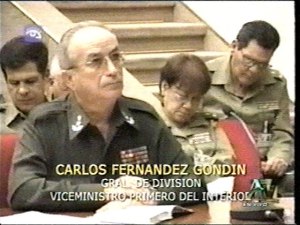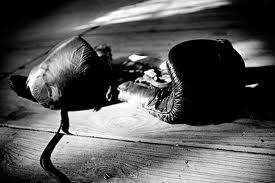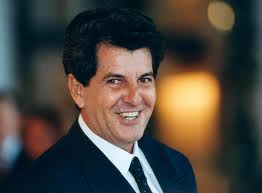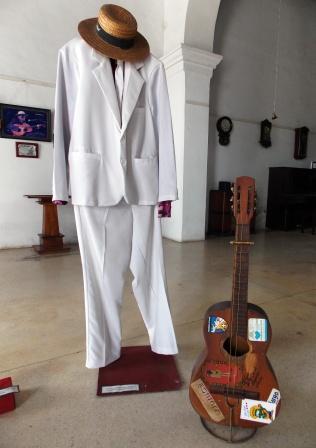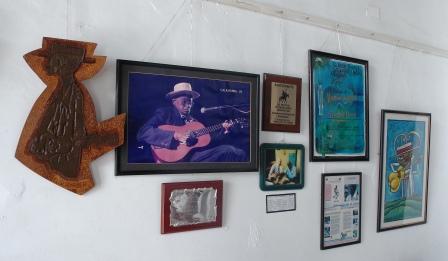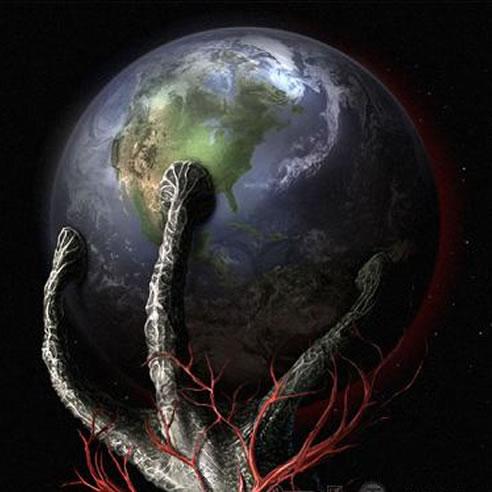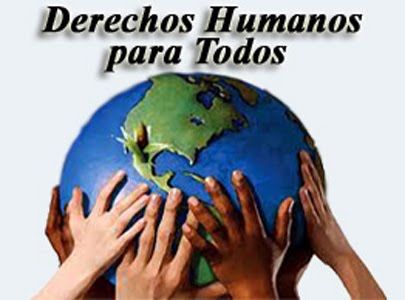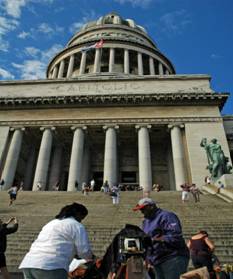 Last August, the Cuban Council of Ministers approved a new General Regulation for the Basic Units of Cooperative Production (UBPC), which was complemented by a packet consisting of 17 measures. The purpose, according to the daily Rebel Youth on September 23, consists of liquidating the dependency of those with respect to state enterprises.
Last August, the Cuban Council of Ministers approved a new General Regulation for the Basic Units of Cooperative Production (UBPC), which was complemented by a packet consisting of 17 measures. The purpose, according to the daily Rebel Youth on September 23, consists of liquidating the dependency of those with respect to state enterprises.
The original Regulation issued in 1993, although it did not recognize the legal character of the UBPC, which is to say, the capacity to acquire rights and contract obligations, stipulated in its foundational points the correlation between production and income and the effective development of management autonomy.
The breach of those and other positive aspects was reflected in the poor results. Of the 170 thousand hectares that the existing 1,989 UBPCs possess, almost 40% of their lands remain idle; although their extent represents 27% of the agriculture surface of the country, they produce only 12% of the grains, tubers and vegetables and 17% of the milk; only 27% have satisfactory results; the rest, to greater or lesser extent, present difficulties; in the year 2010 15% of the UBPCs closed with losses and another 6% did not even present a balance sheet; and their losses exceed 200 million pesos.
The UBPCs were created when it was demonstrated that the concentration of the country’s arable land in the hands of the State had generated disinterest of the agricultural workers, the generalized debasement of agricultural products and enormous expansions of vacant lands infected with the marabou weed. A deplorable picture aggravated by the loss of the subsidies provided by the socialist countries of Eastern Europe.
In that context the country’s authorities decided to convert a part of the unproductive state lands into cooperatives, but without giving the requisite freedoms nor waiving the monopoly of property. The ignorance of the essence of cooperativism and the subordination of economic laws to ideology explain both the cause of the failure and the effort to repair that decision with the recent measures.
The Declaration of Cooperative Identity, adopted in 1995 in the 2nd General Assembly of the International Cooperative Alliance (ACI), defines the cooperative as an autonomous association of people who voluntarily join to address their economic, social and cultural needs and aspirations by means of a business of jointly and democratically controlled property.
In accordance with this definition — of an organism like the ACI, that since1985binds and promotes the cooperative movement in the world — the UBPCs are not classified as true cooperatives since they were not created voluntarily by the owners of land and means of production but emerged from an agreement of the Communist Party.
In spite of the new General Regulation (Resolution 574 from August 13, 2012) the UBPCs will count on legal personality; the power to elect the administrators for the majority of the General Assembly of Partners; to buy products and services from any legal or natural person; to establish direct contractual relations with the input provider companies; and to decide the percentage of the utilities to distribute among the partners; other vital aspects are still missing.
Again it is the State and not the agricultural workers who make the decision to join in cooperatives. If it is added to that that those workers are not owners but usufructuraries (a kind of lessee) of a state property, it is not difficult to envision that we are facing the beginning of a new failure and therefore the need to implement new reforms, good for the current government or good for the successor, until the UBPC members become collective owners of the land they work.
The virtual lack of agricultural cooperatives before 1959 is understandable because of the advances in the sugar industry since the end of the 19th century which had generated enormous landholdings through the dispossession of thousands of small owners. What is absurd is that with a revolution that declared itself socialist, cooperativism, akin to that social system, has been absent and in its place they have experimented with arbitrary and subjective forms applied vertically by the revolutionary State.
Before 1959 there were in Cuba some hundred thousand landowners, to whom were added another hundred thousand to whom the Revolution delivered ownership titles with the First Law of Agrarian Reform of 1959. Those two hundred thousand farmers constituted the basis for the development of a true cooperative movement. Nevertheless, the concentration on the part of the State of 70% of the arable land was a coup de grace to a process of association that had contributed much to the Cuban economy and society.
The first manifestation of state arbitrariness in the agriculture cooperativization was the creation in March 1960 of the sugar cane cooperatives in areas that previously belonged to the sugar mills. Nevertheless, the decision to monopolize landownership made these businesses become property of the State. Then the true cooperativism was limited to a few associations formed over the base of private farmers.
Fidel Castro himself once expressed: “those cooperatives have no real historical basis, given that the cooperatives are really formed with the farmer landowners. In my judgment we were going to create an artificial cooperative, converting those agricultural workers into cooperativists. From my point of view, and maybe applying some of the verses of Marti, slave of the age and the doctrines I favored of converting those cooperatives that were worker cooperatives and not farmer cooperatives into state enterprises.”
Not satisfied with most of the soil in the hands of the State, instead of promoting voluntary cooperativsm, there began a process aimed at diminishing the quantity of independent farmers. In May 1961 the National Association of Small Farmers was created, and a policy aimed at trying to “cooperativize” the 200 thousand farmer owners began. Farmer associations were created, then came the Mutual Help Brigades and next the Cooperatives of Credit and Services (CCS),made up of farmers who maintained ownership of the land and the means of production but lacked legal character.
 After 1975, with the thesis of the 1st Congress of the PCC concerning the need for cooperativization of the land, the development of the Cooperatives of Agricultural Production (CPA) were promoted, formed by farmers who united their farms and other means of production “voluntarily” as a means of socialist development of the countryside.
After 1975, with the thesis of the 1st Congress of the PCC concerning the need for cooperativization of the land, the development of the Cooperatives of Agricultural Production (CPA) were promoted, formed by farmers who united their farms and other means of production “voluntarily” as a means of socialist development of the countryside.
At the end of 1977 the number of CPAs was 136 and in June 1986 it was 1,369, representing 64% of the farm lands, at the same time that state ownership had increased to 75% of the arable land due to the reduction of volume of land in the hands of private farmers.
The results were not long in coming; Cuba has to buy from outside agricultural products that are perfectly growable in our soil, as is the case with the coffee that we have had to acquire in Vietnam, a country that Cubans taught how to reap the grain. That’s why insisting on reforms of the cooperatives without permitting the farmers to be the ones to voluntarily organize and without counting on the collective ownership of the land that they work, is to insist on failure.
Published Wednesday, November 21, 2012: http://www.diariodecuba.com/cuba/14133-por-que-fracasaron-las-cooperativas-castristas
Translated by mlk
November 26 2012

